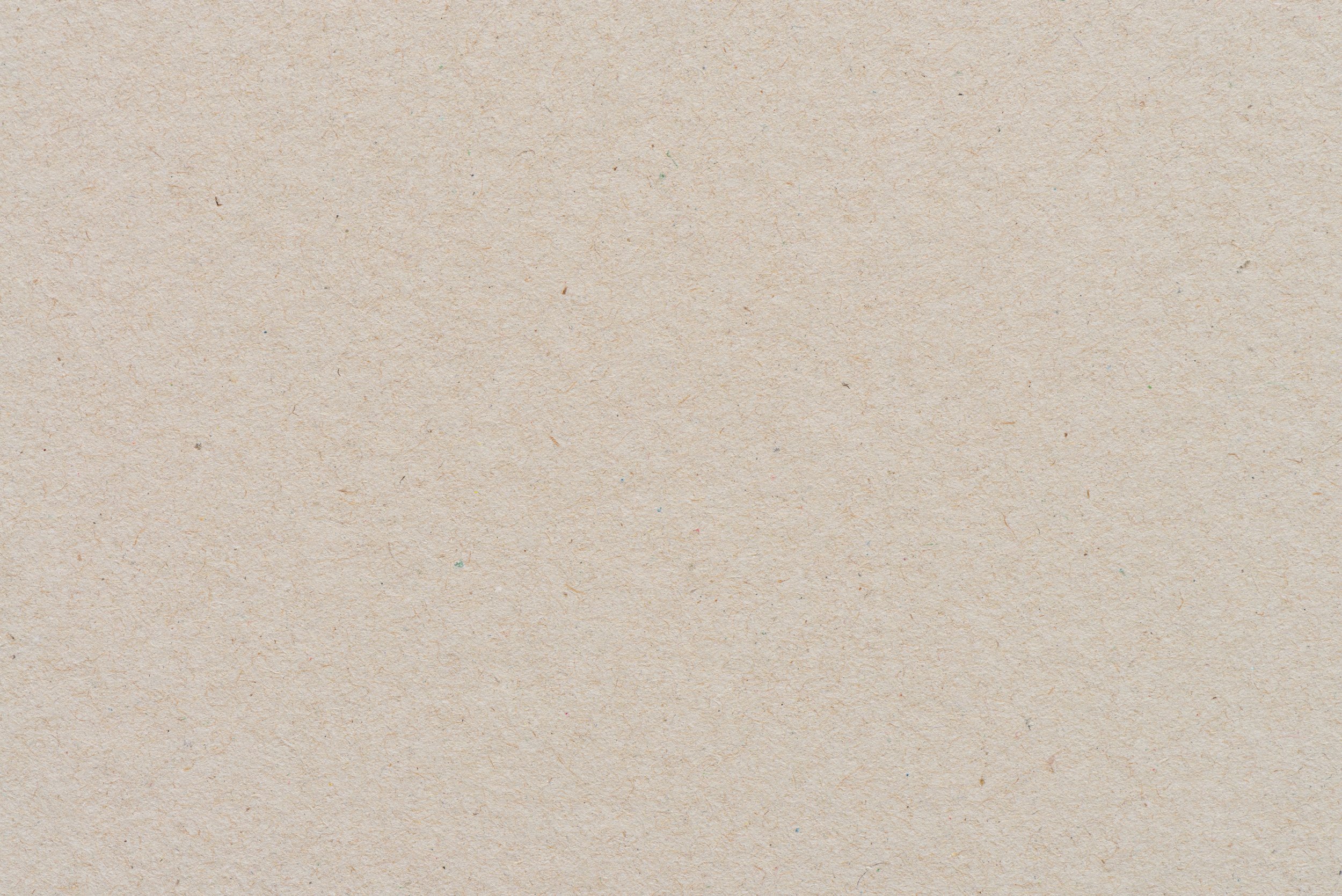
Between the Tides
LESSON 3
Children explore tide pools, learn about tides and tide pool animals, and create a project to showcase what they discovered about their favorite animal.
The book “Between the Tides” by Fran Hodgkins.
Craft supplies to make a simple animal project (paper, pencils, paint, cardboard, crayons, etc.)
Additional books about your chosen animal, like "Ocean Anatomy," or books available at your local library. (Optional)
Materials
Gather materials.
Consider planning a trip to the beach during low tide if it's an option for you and you haven't done so yet.
Preparations
Facilitate understanding of tides and their effects on tide pools.
Explain how tide pool animals protect themselves from dangers.
Support students in creating a project about their favorite tide pool animal.
Encourage child to share their project, fostering communication skills and building confidence.
Objectives for Teachers
Children understand what a tide is and how it affects tide pools.
Children recognize how tide pool animals protect themselves from dangers, learning about adaptation and survival.
Children express what they’ve learned about a tide pool animal through a creative project.
Children share their findings with others, building confidence and presentation skills.
Objectives for Children

Collect and Connect
Practice saying the poem “The Beach” together with the actions you came up with.
The Beach
Come to the beach,
Where the sea is blue.
And little white waves,
Come running at you.
A wave comes splashing
Over your toes.
You just stand still,
And away it goes.
We’ll build a castle,
Down by the sea.
And look for shells,
If you’ll come with me.

Activity Flow
What was your favorite animal or thing you saw in the tide pool?
How did the animals move in the tide pool?
Did you see any crabs, starfish, or fish in the tide pool?
What colors did you notice on the animals or plants in the tide pool?
What sounds did you hear near the tide pool?
If you could visit the tide pool again, what would you like to see or do?
If you’ve visited a tide pool with your child before, start the lesson by reflecting on that experience. If not, I suggest watching a video that shows the marine life found in tide pools. Here’s a video with nice footage of children exploring tide pools. Follow up with questions about your own experience or the video:
2. Next, ask your child if they know what a tide is and let them share their ideas. Then introduce the story “Between the Tides.” Explain that this book will help us learn about tides and the creatures that live in tide pools. Animals in tide pools face dangers, so they have special ways to stay safe. As you read, you’ll explore how these animals protect themselves. Tell your child that at the end of the story, you will ask them what their favorite creature is and why. Read the story together to discover life between the tides.
3. After the story follow up with some questions:
What is a tide?
What do you think causes the tide to go in and out? (read the last page of book together to discover what causes the tides)
How are waves and tides different? (waves are caused by wind, the tide is caused by the moons gravity pull)
What was your favorite animal in the story and why?
4. Next, tell your child that you will learn more about their favorite animal from the story. A helpful way to do this is by creating a KWL chart, which stands for what we KNOW, what we WANT to know, and what we have LEARNED. Start by asking your child what they already know about the animal and write it down. Then, ask what they want to learn about the animal and write those questions down too. Use resources like the internet and books to find answers to the questions together.
5. Create a simple project to showcase what your child learned about the animal. Let your child choose the type of project they’d like to do. Here are some ideas:
Draw a Picture: Have your child draw or paint their favorite animal and add details about what they’ve learned.
Make a Model: Use clay, playdough, or paper mache to create a model of the animal, including features they found interesting.
Create a Book: Help your child make a small booklet with facts, drawings, and information about the animal.
Build a Habitat: Use craft materials to build a diorama or model of the animal’s habitat.
Animal Report: Write a short report or poster with drawings and facts about the animal.
6. Conclude by encouraging your child to share what they have learned with friends and family.





